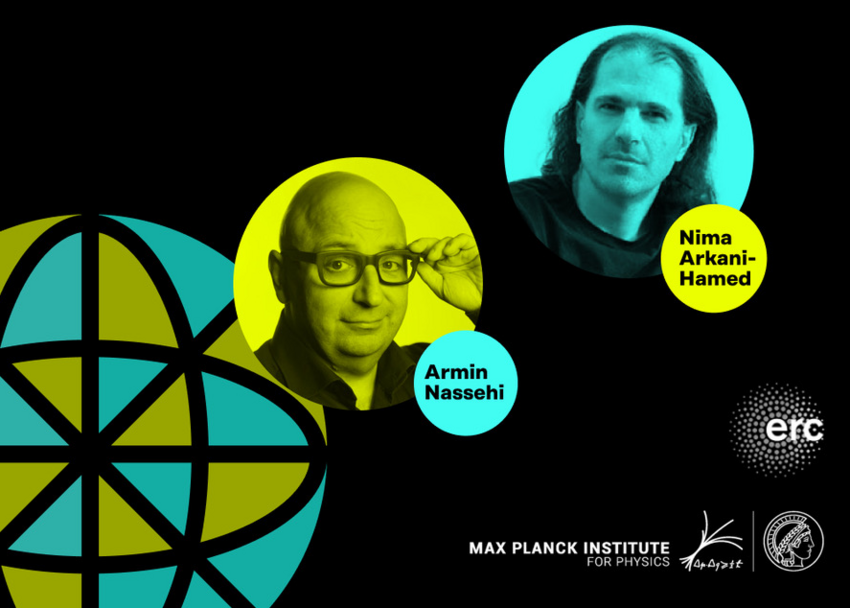Join our event in the main building („Senatssaal“) of the LMU München on July 18th and find out what happens when fundamental physics meets social science. The event is hosted by Dr. Jeanne Rubner, Vice President Global Communication TUM.
The structure of classical physics
First Prof. Nima Arkani-Hamed will give an insight into the evolution of fundamental physics by presenting „The end of space-time“. The world-renowned theoretical physicist will talk about the structure of classical physics, the unification of quantum mechanics and gravity, and what a new picture for the universe may look like.
Social systems – and the role of science
The famous sociologist Prof. Armin Nassehi will then bring the social systems into the game. He and Arkani-Hamed will discuss their answers concerning the physical and the social universe as well as their views about science and its role for society. Stay tuned to find out what a theoretical physicist and a sociologist do all day, what they might have in common (and might not) – and how they see the future of science.
Program:
19:00 – 19:30 „The end of space-time“ (Prof. Nima Arkani-Hamed)
19:30 – 19:45 Questions from the audience
19:45 – 20:15 Break with snacks in the foyer
20:15 – 21:15 What holds the world together? Prof. Nima Arkani-Hamed and Prof. Armin Nassehi give answers to this question – and a glimpse into the future of science
(Host: Dr. Jeanne Rubner)
21:15 – 21:30 Questions from the audience
21:30 – 22:00 Discussions in the foyer
The event is organized by the European Research Council (ERC) Grant „Scattering Amplitudes“ (www.scattering-amplitudes.com) at the Max Planck Institute for Physics.
It receives funding from the ERC under the European Union’s Horizon 2020 research and innovation programme (Novel structures in scattering amplitudes, grant agreement No 725110)
